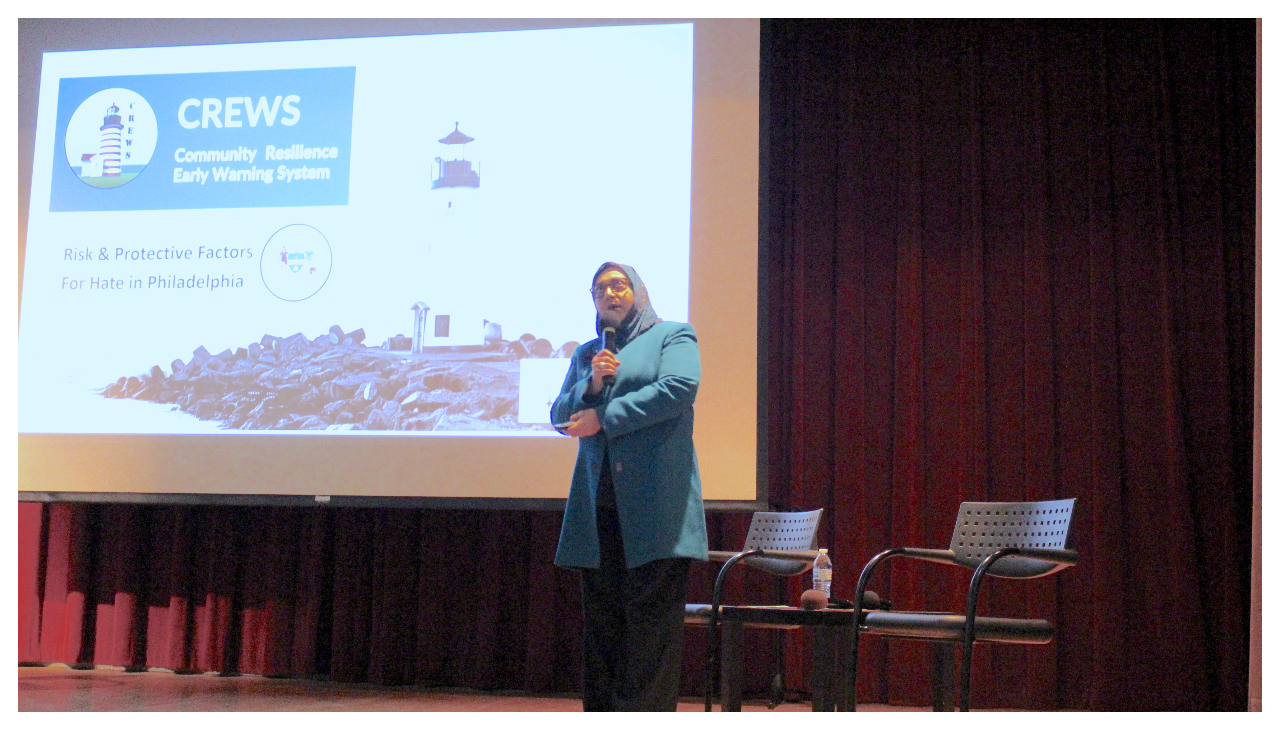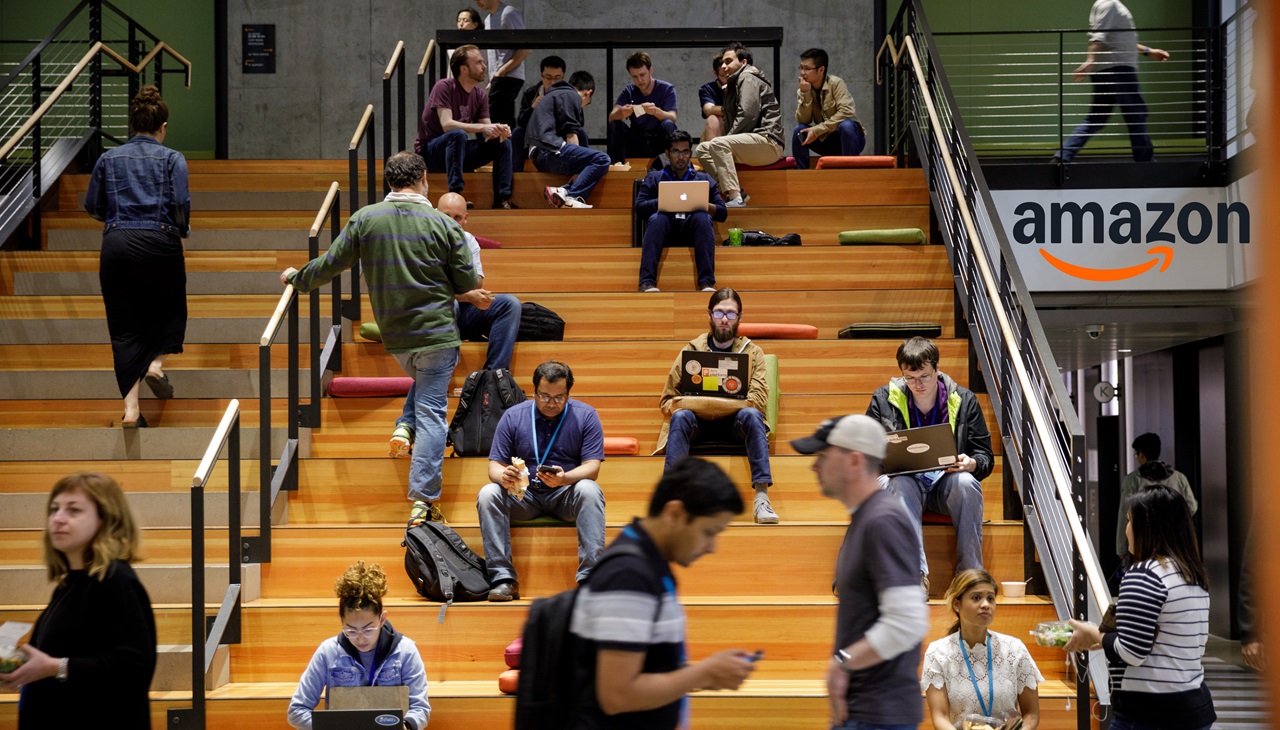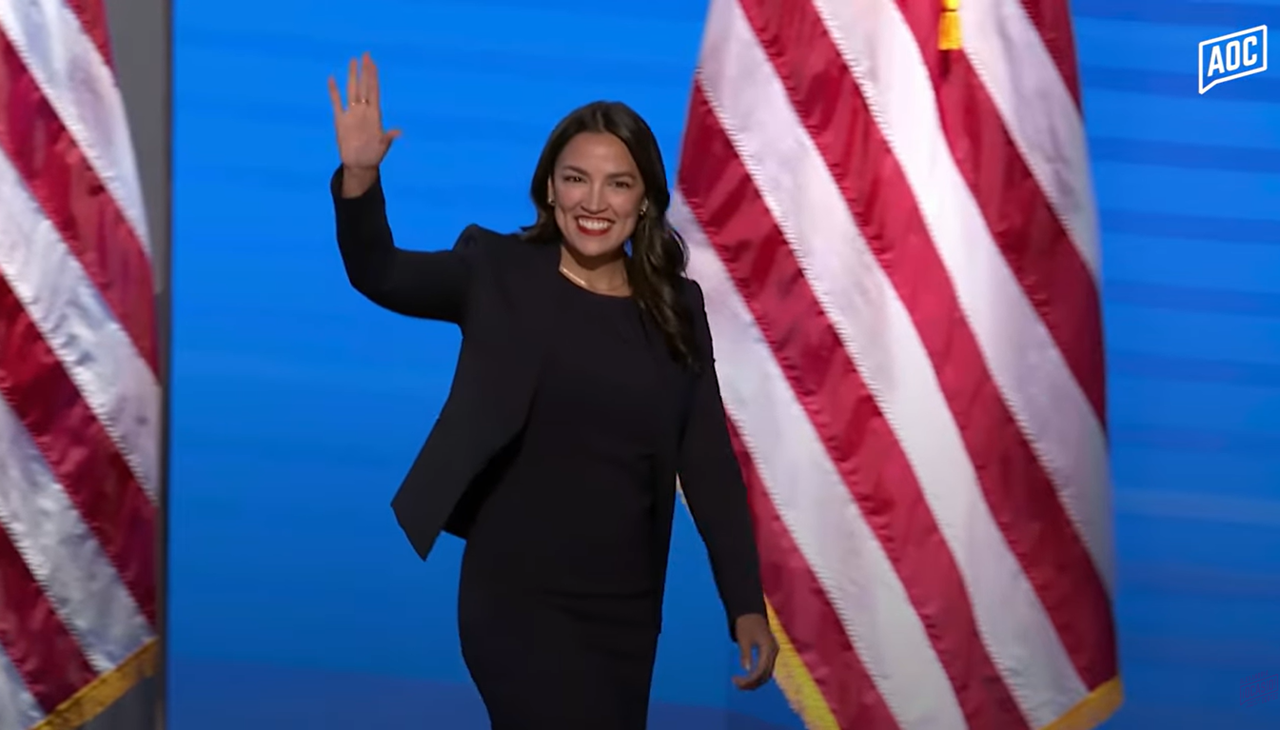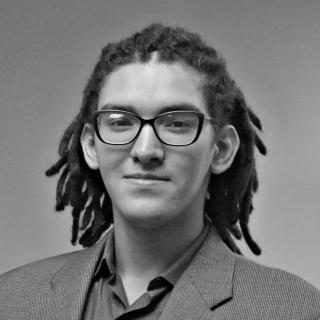
The risk and protective factors for violence incidents in Philly
In the face of rising number of hate incidents in the city, Muflehun proposes a unified system of solutions inspired by other solutions, tailored to the city.
On Jan. 6, 2023, People United to Stop Hate (PUSH) held a symposium hosting several panelists to discuss rising hate-fuelled incidents across the nation. In one panel, Humera Khan, President of Muflehun, spoke on the risk and protective factors for violent incidents in Philadelphia.
Muflehun is a resource center focused on addressing complex social problems and factors that give rise to extremism, and seeks to promote equity, stability, and systemic change.
Currently, the center is focusing on a project called Community Resilience Early Warning System (CREWS), which has been seeking to understand and gather information on domestic terrorism and targeted violence and developing preventative solutions.
Over the past year, they have seen a 49% increase in hate crimes nationwide. The factors that cause and prevent these incidents are numerous, with Muflehun recording over 70 different possible factors for gun violence, and approximately 50 for hate crimes.
These range from a person's demographics, their economic well being, their social cohesion with others and participation with their community, to public health and safety and income inequality specifically, a major risk factor in Philadelphia.
RELATED CONTENT
Law enforcement alone cannot prevent these incidents, Khan says. By coordinating efforts in each sector of society, it is possible to prevent violent incidents from happening.
Using education as an example, there are many ways the system supports children across the city, both in and out of the classroom. Variables such as access to education, its quality, and a multitude of other factors contribute to its impact on society as a whole.
As of Muflehun’s findings, Philadelphia has been increasing the number of schools it has, increasing the protective effect they have. Conversely, mental health resources have been declining as reports of mental illness rise, increasing its associated risk factors.
Creating a system to address and prevent issues in Philadelphia requires tailoring solutions to the city.
For example, Georgia and Connecticut have both implemented mobile health clinics, but this would be an impractical solution in a population dense area like Philadelphia.
The goal of the CREWS project is not to find one perfect model to follow, Khan explained. It is to find multiple models and bring them together, connecting each solution to create a comprehensive plan where each part is in communication with the other.











LEAVE A COMMENT:
Join the discussion! Leave a comment.